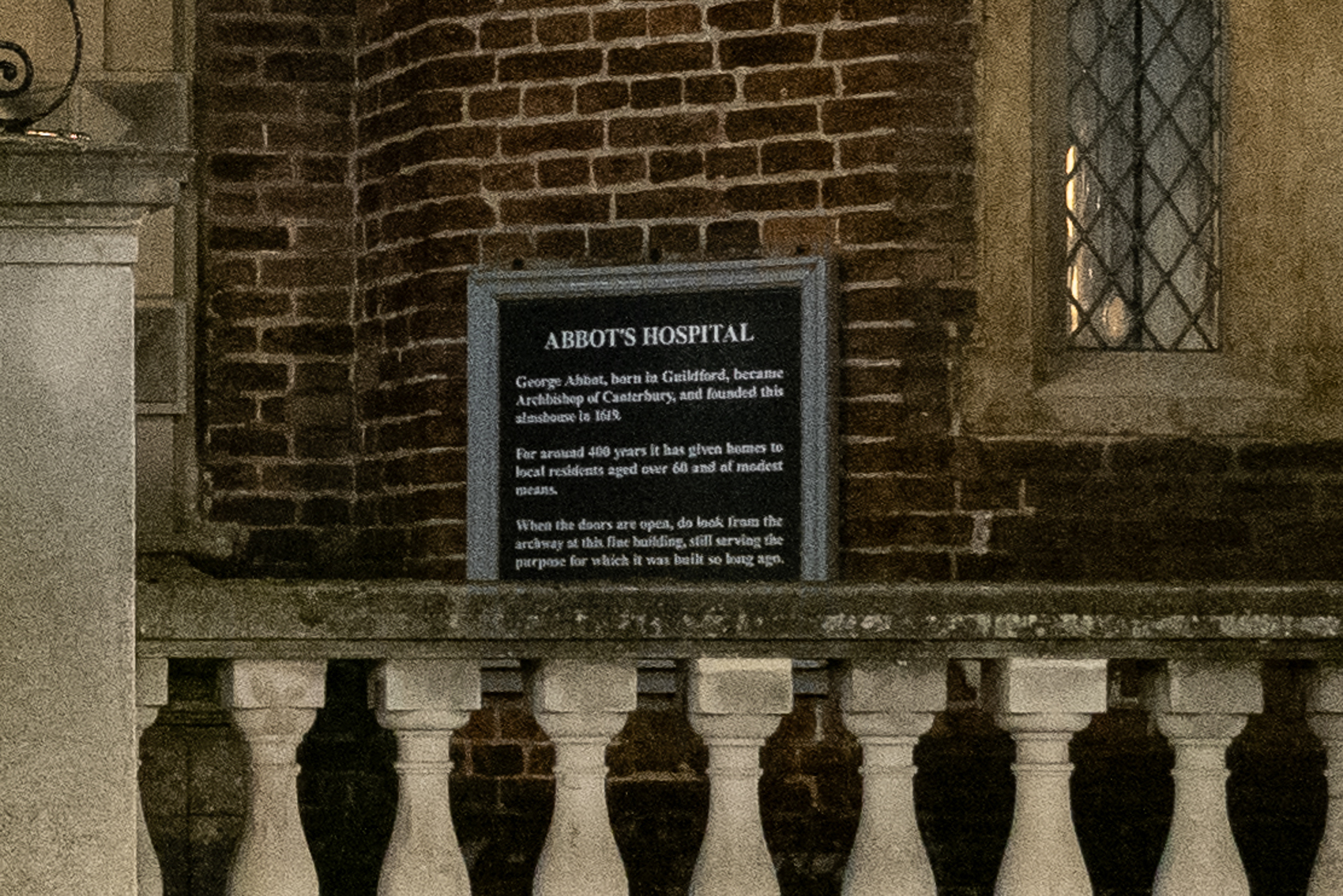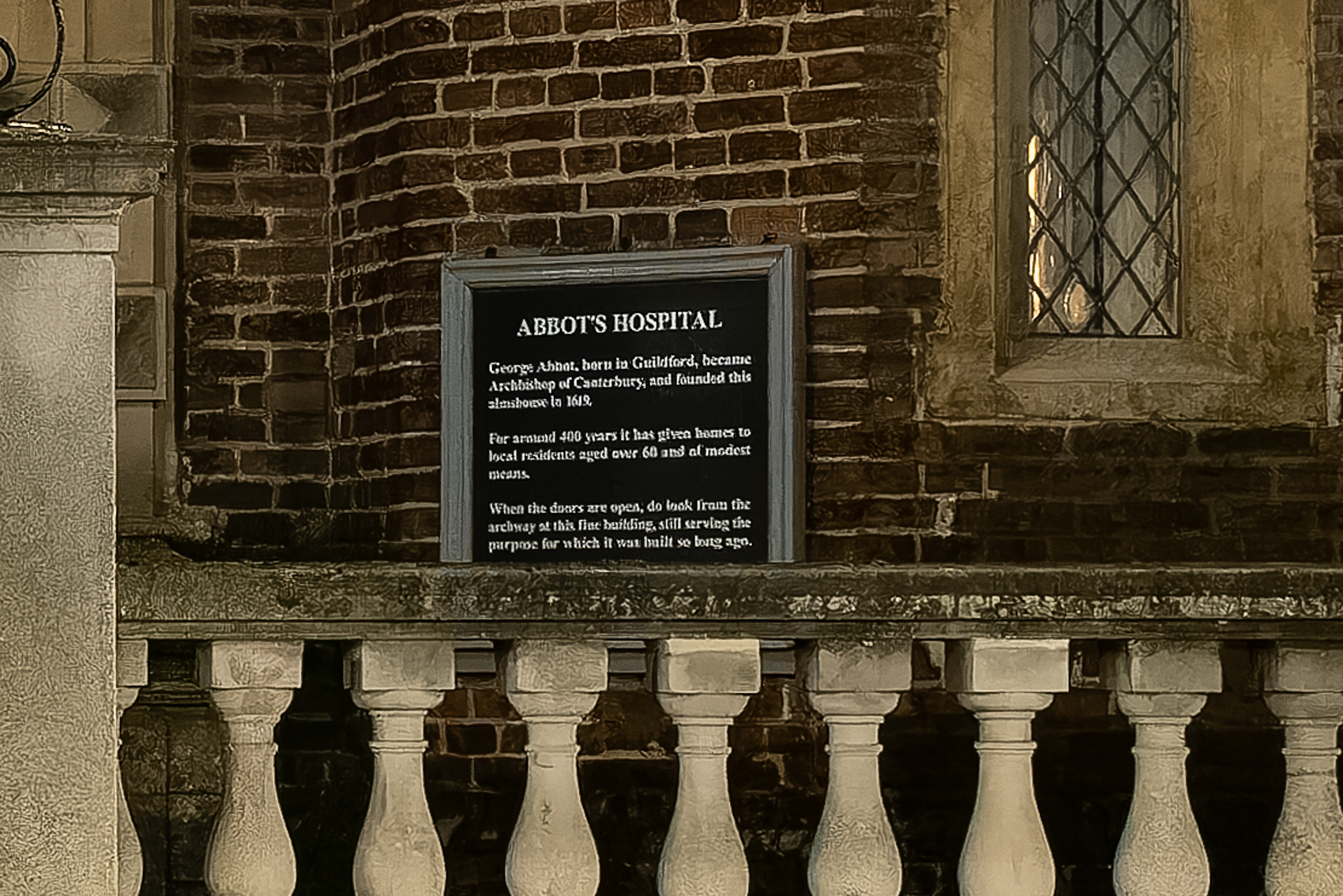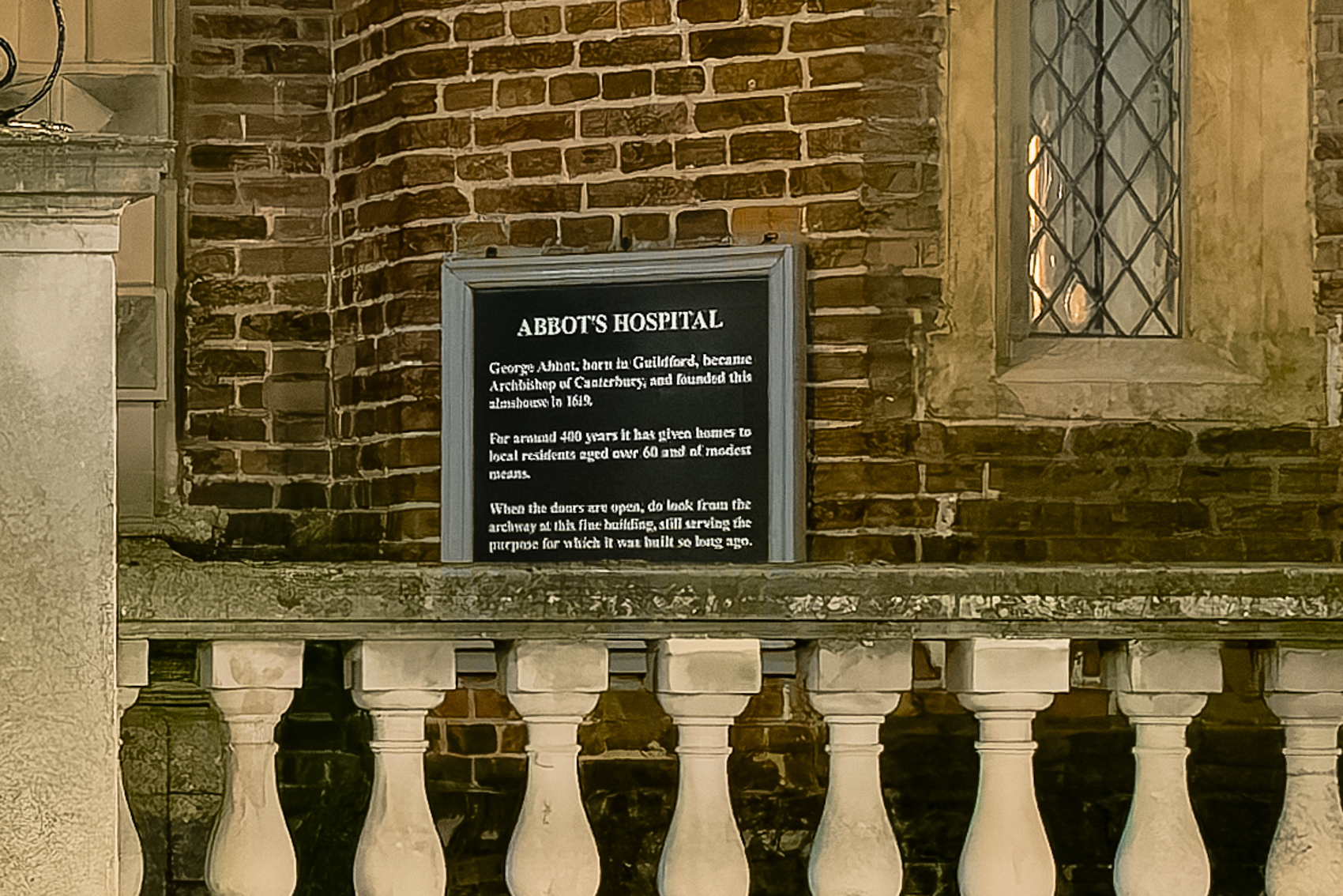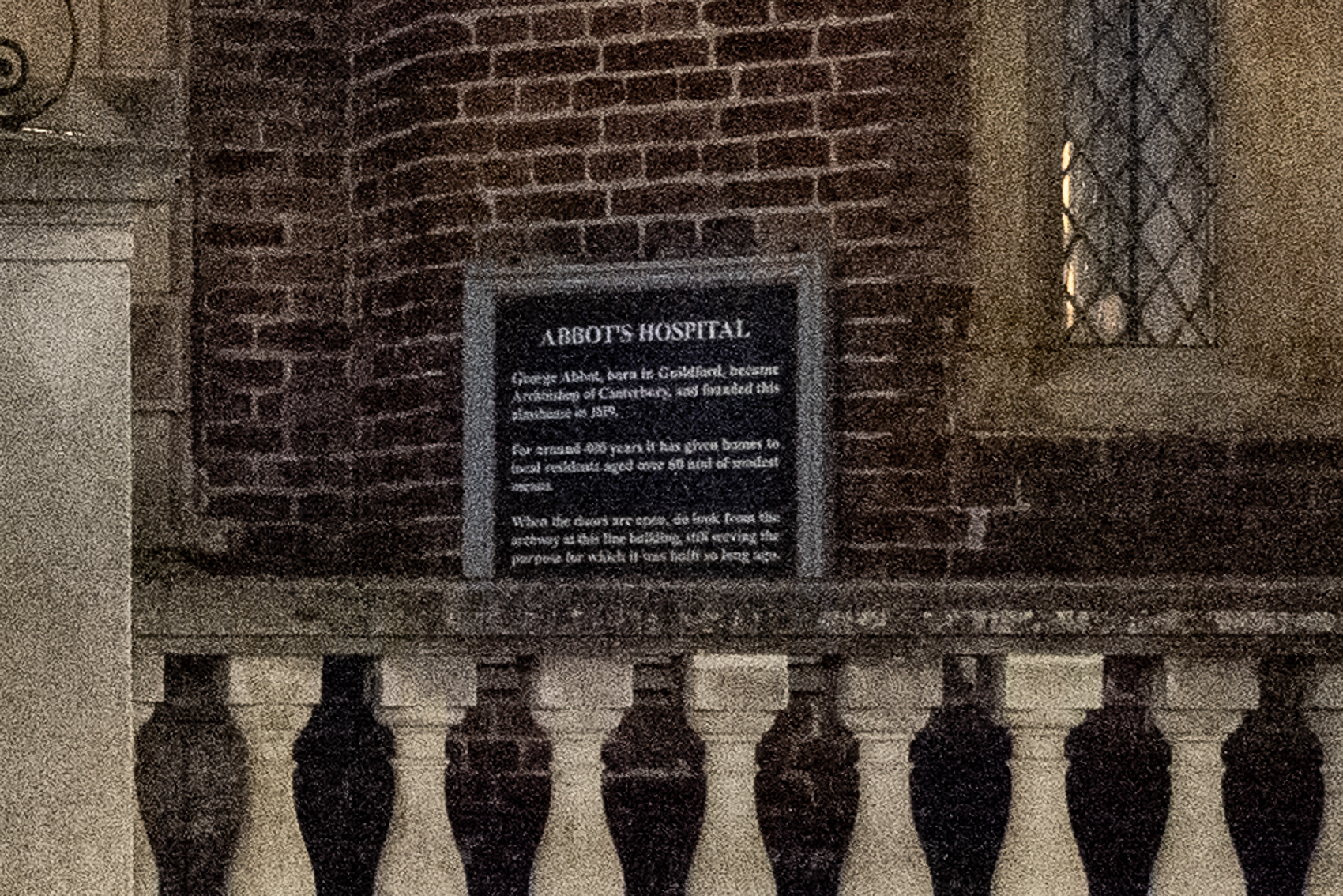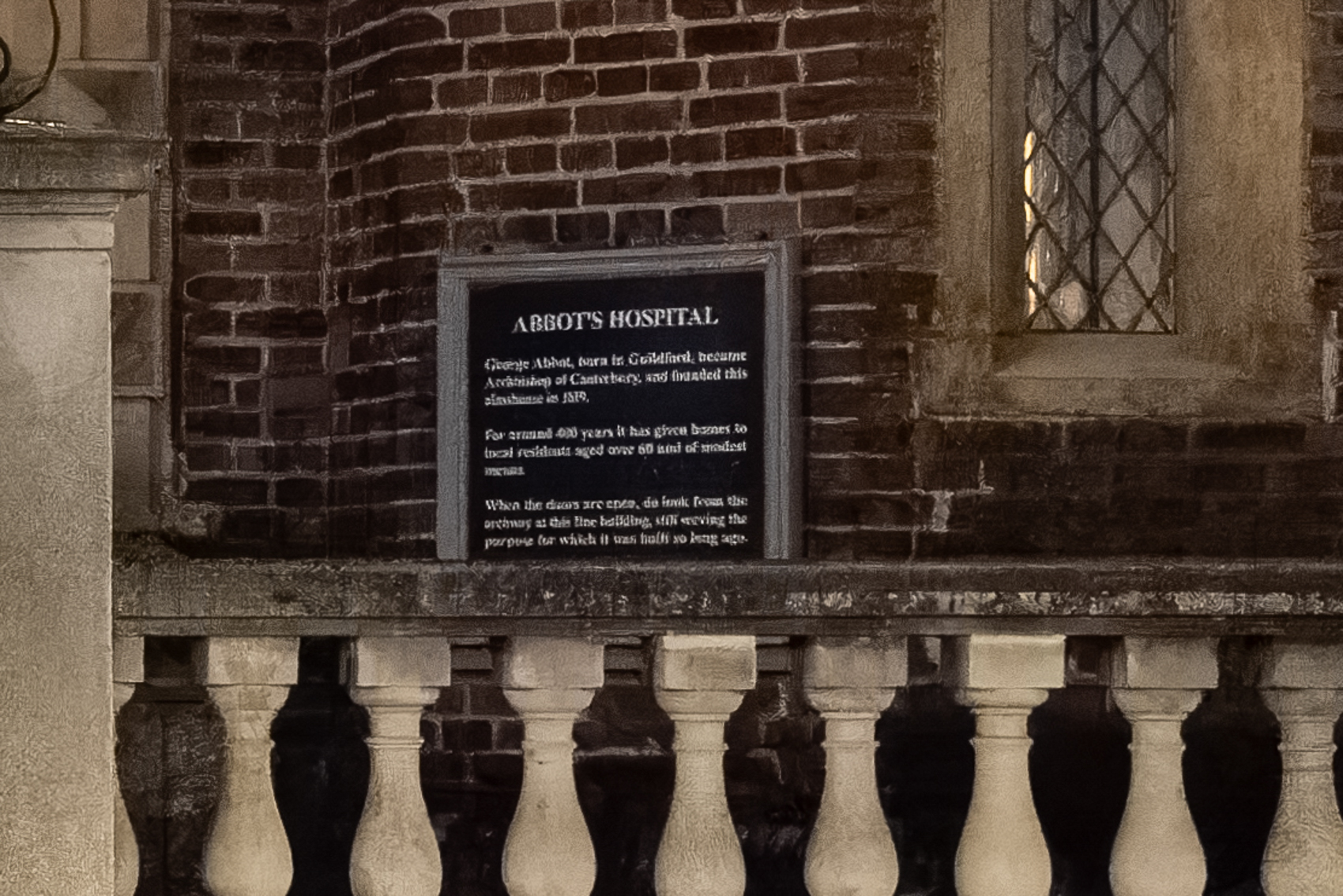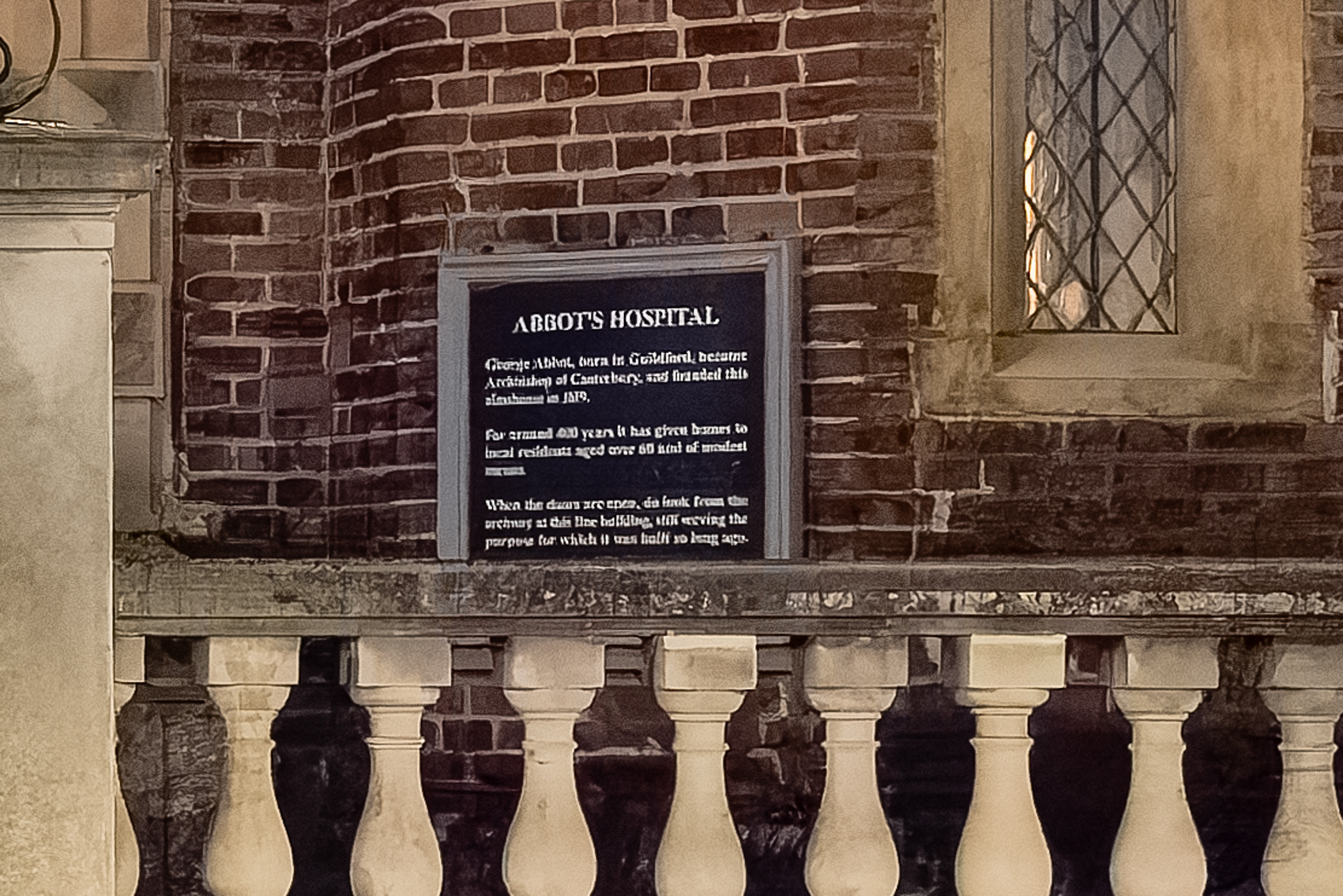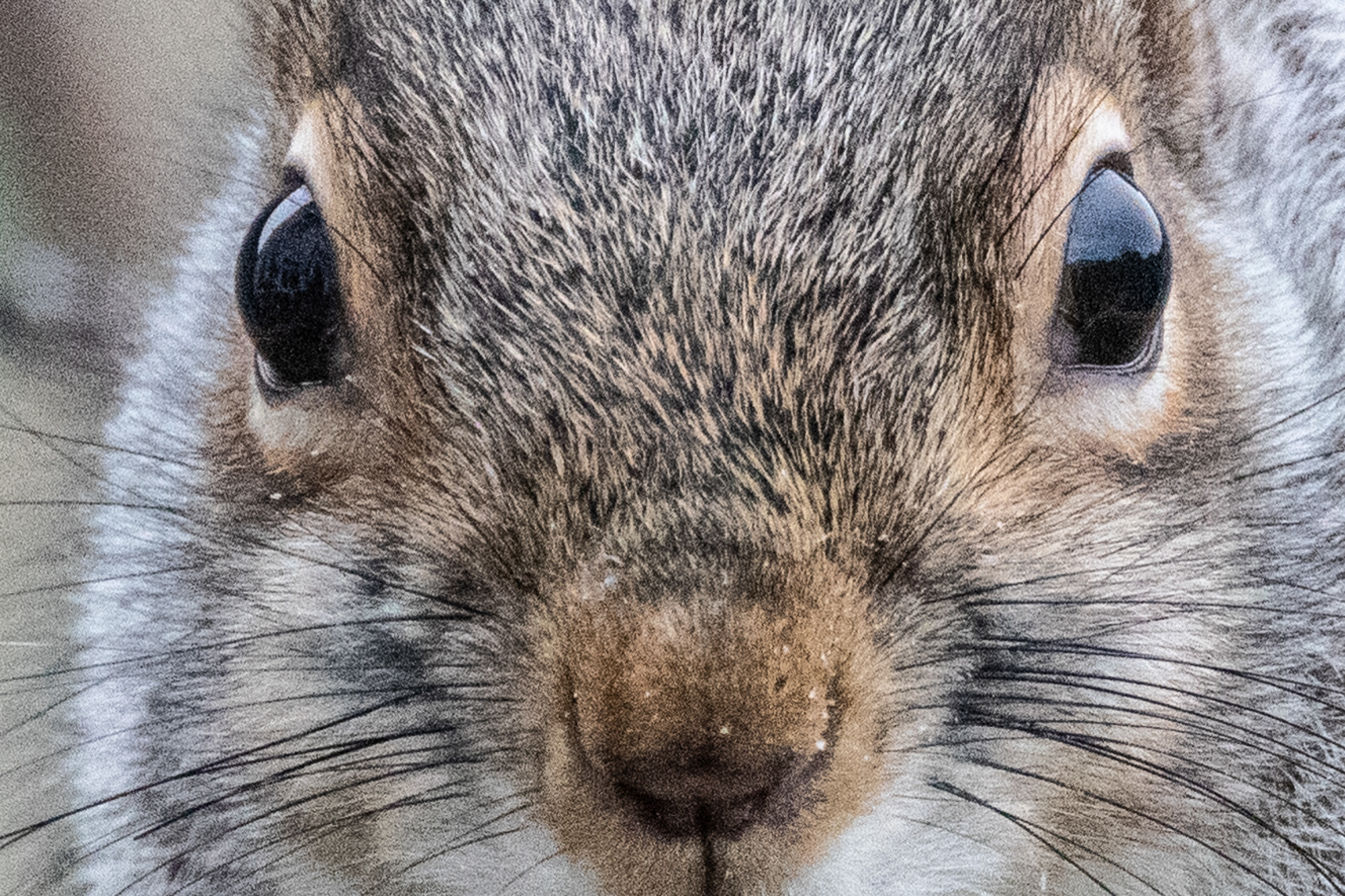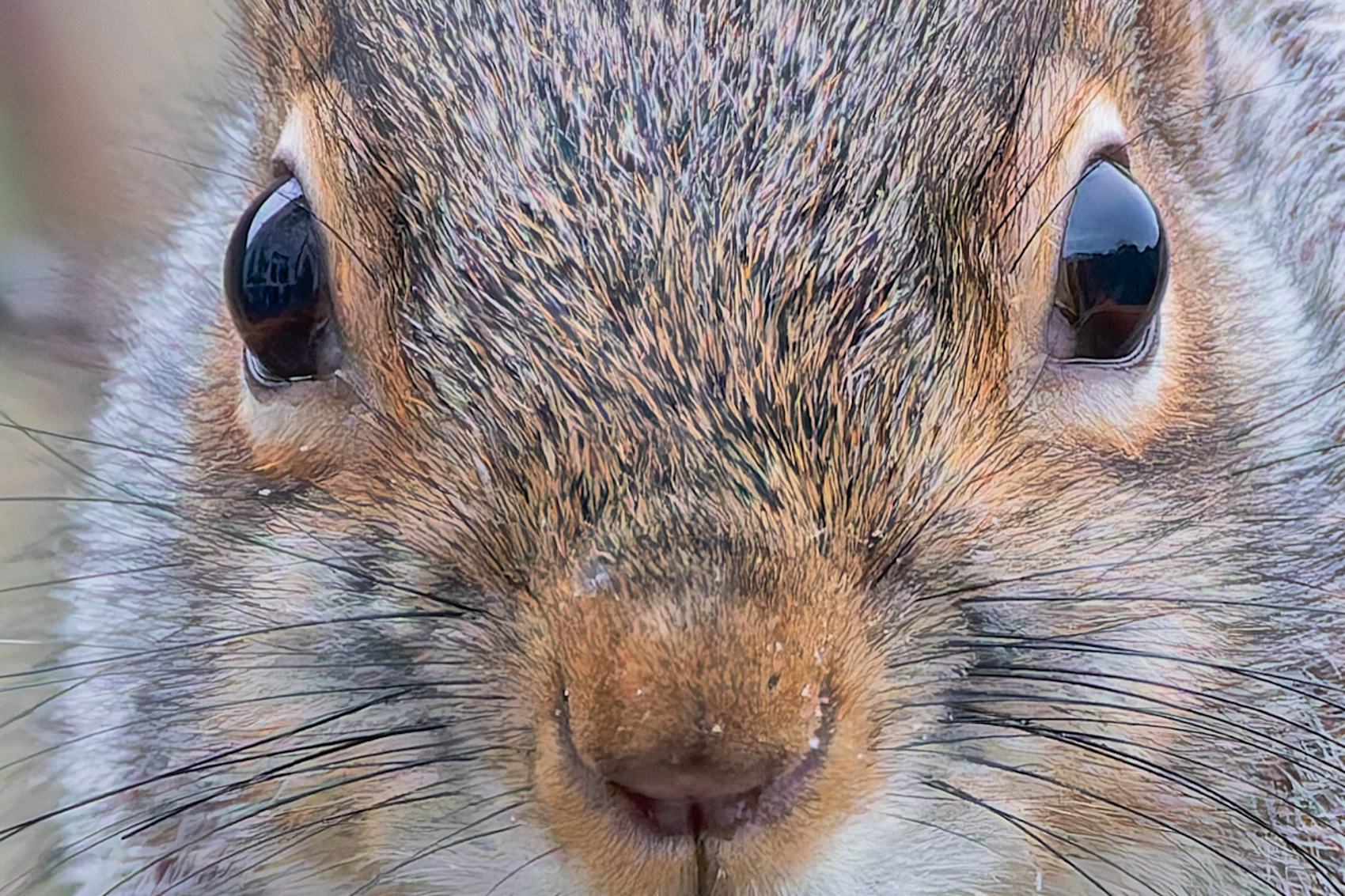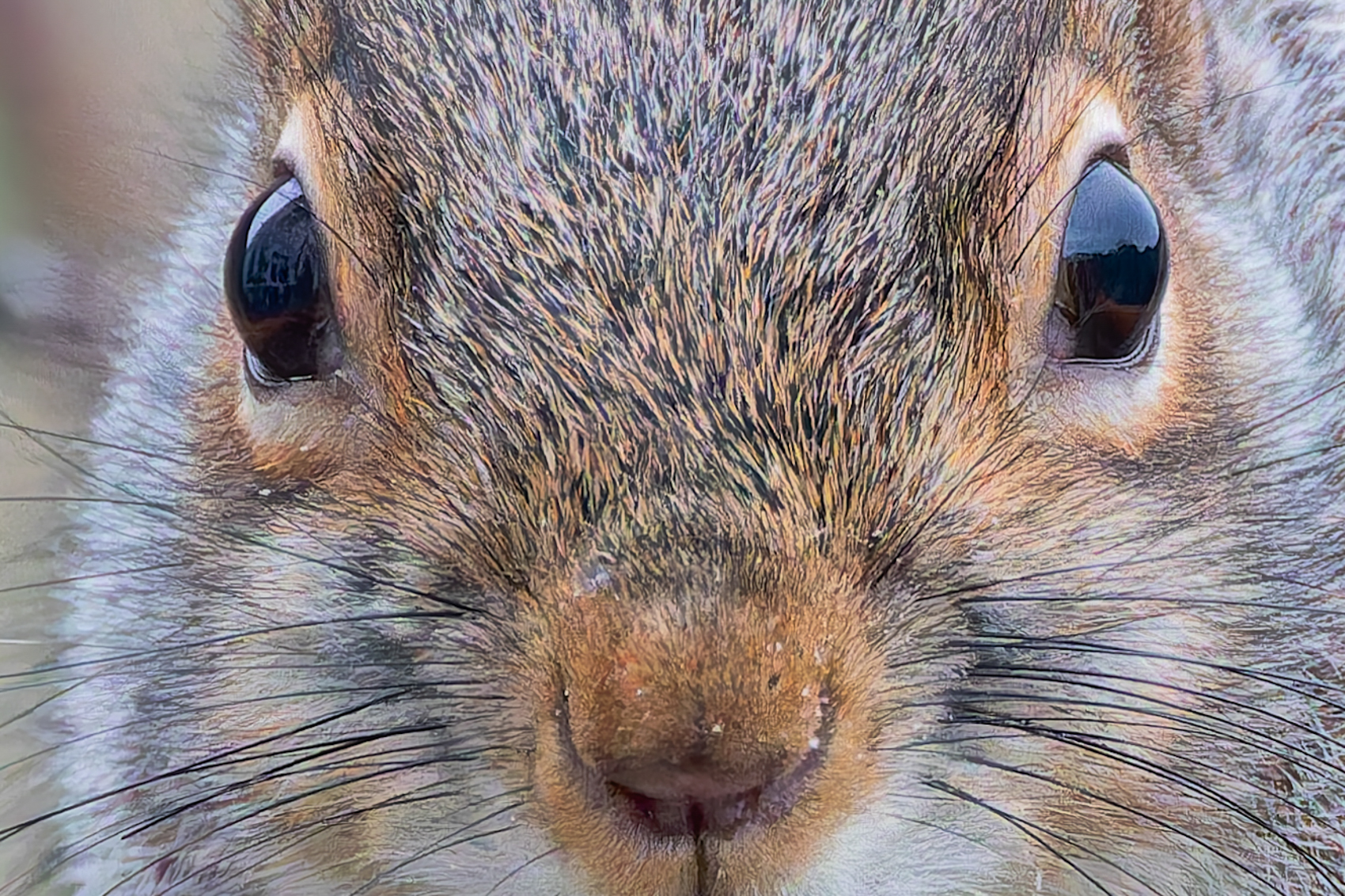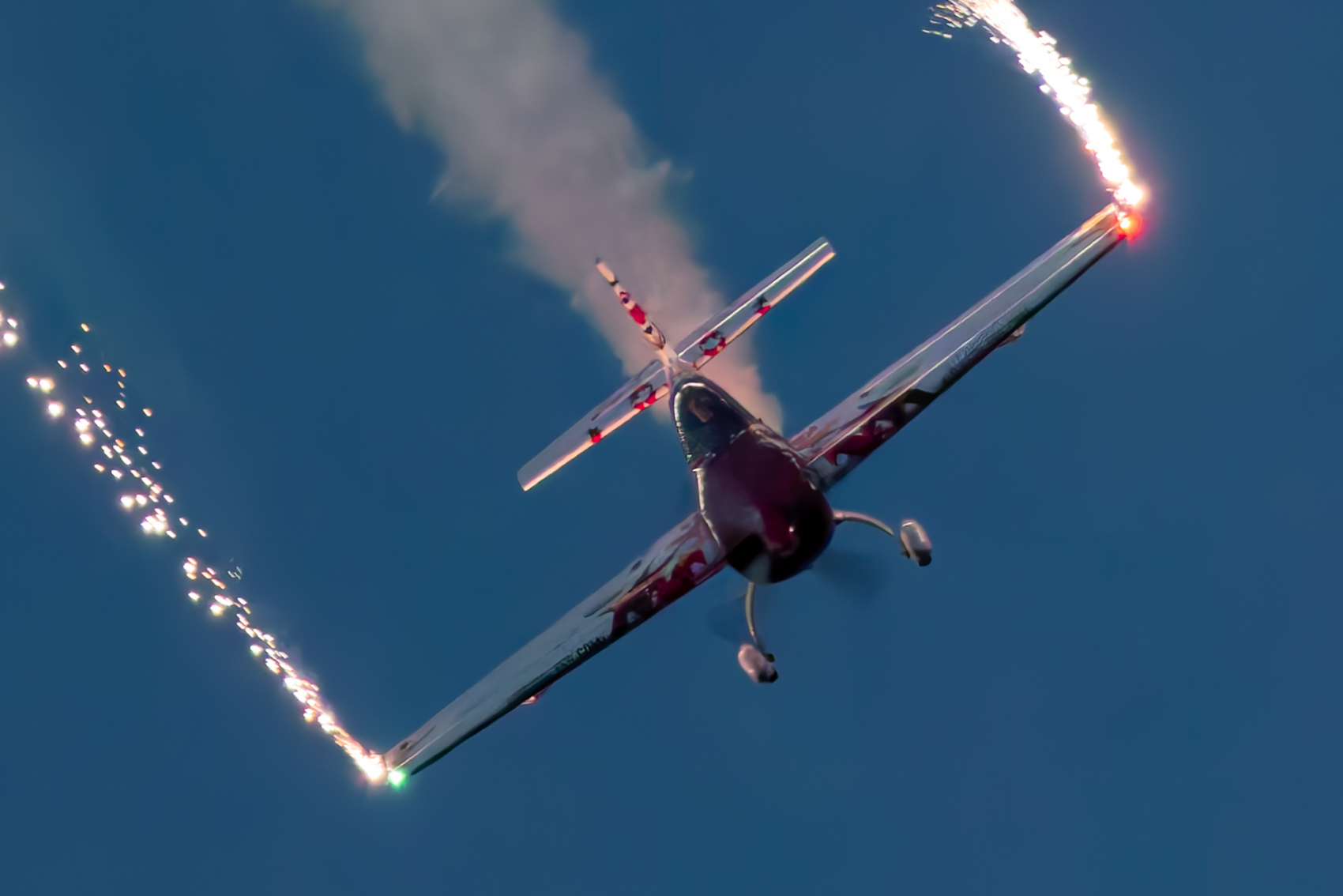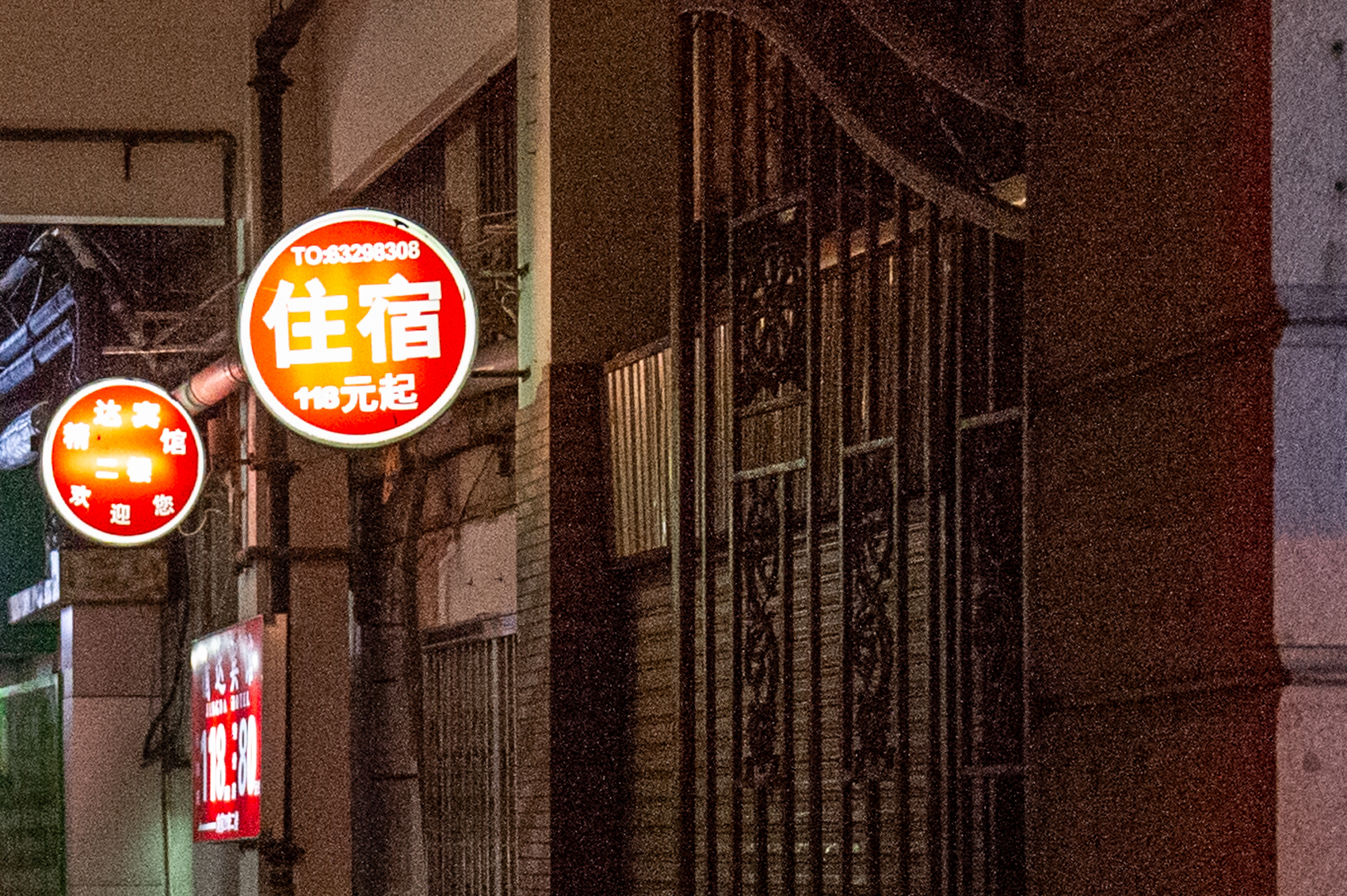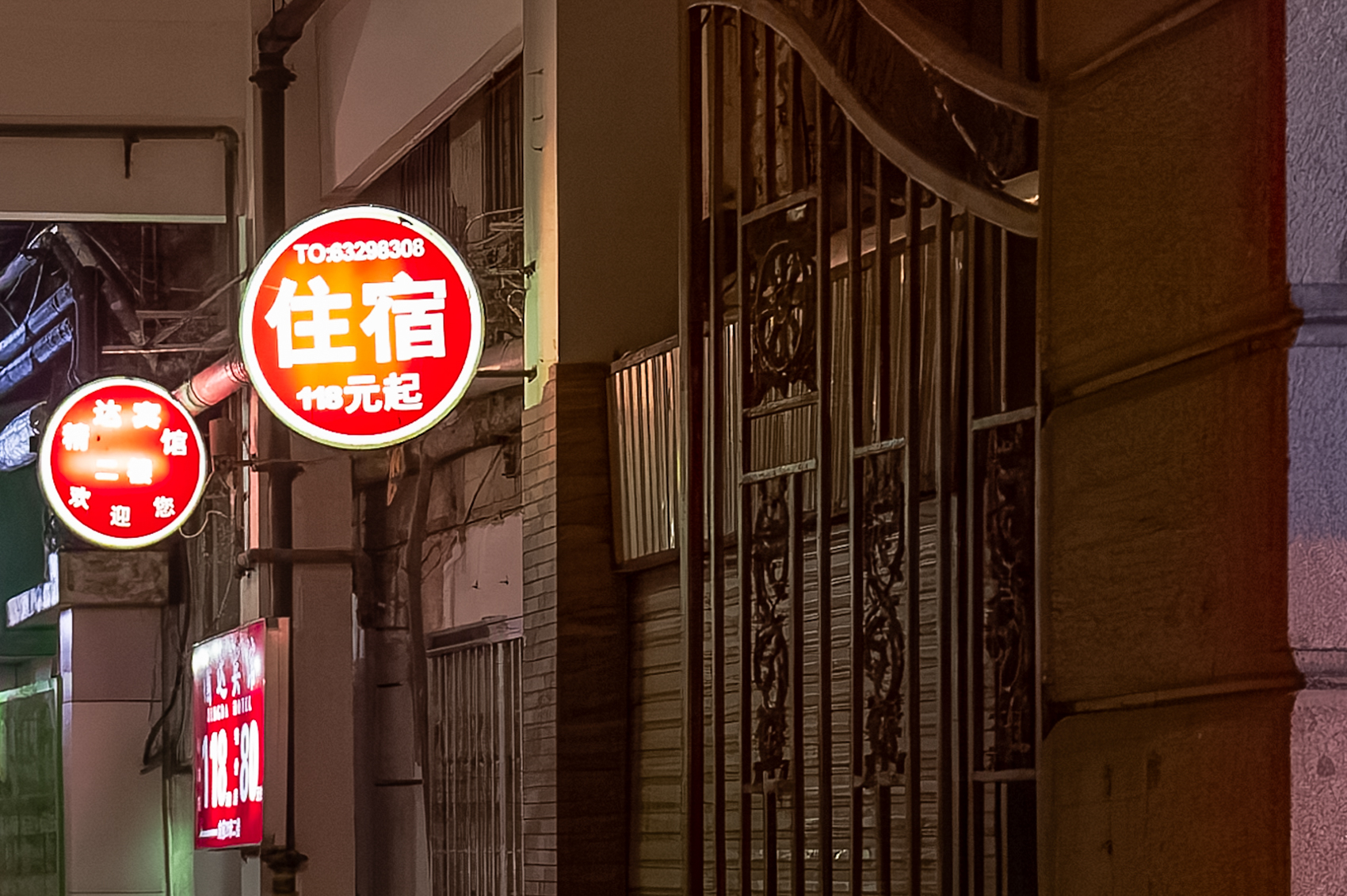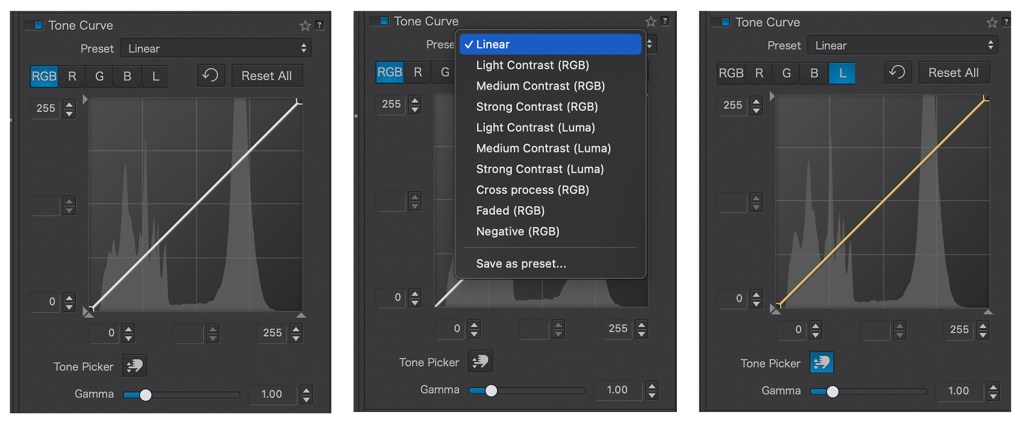Amateur Photographer verdict
An excellent raw editing software with an extensive collection of image enhancing tools. It’s DeepPRIME XD2s noise reduction tool is powerful and incredibly capable.- DeepPRIME XD2s is an outstanding noise removal tool
- Live magnifier is a welcome and time-saving addition
- Really easy and accurate to apply Hue Masks
- LUT grading offers more creative options
- Wide range of tools
- Vast collection of lens correction profiles
- Wide range of export options
- Fast and stable
- Interface could be clearer
- No sub-folder support
DxO’s flourishing reputation as on of the best imaging software providers continues to go from strength to strength. Its stable, which includes PureRAW4, Nik Collection 7 and Film Pack 7, has been joined by PhotoLab 8, the latest update of its raw workflow software.
New key features include versatile Hue Masks for precision creative control, an innovative tone curve with Luma Control, lens softness compensation and workflow improvements.
We’ve left the biggest news till last, though, with DxO’s latest version of its denoising and detail extraction tool, DeepPRIME XD2s. Currently, for Fujifilm X-Trans raws you only get XD, but the XD2s latest update makes it compatible with the very latest cameras including the Canon EOS R5 Mark II.
DxO Photo Lab 8 Elite at a glance:
- From $139/£129 (Essential) to $299/£249 for Elite with Film Pack 7 Bundle
- Elite edition $229 / £209 for a lifetime license; no subscription options, upgrade options available
- Mac and Windows, 30 day free trial available from www.dxo.com
- DeepPRIME XD/XD2s noise reduction
- Lens softness compensation
- Hue Masks for precise control
- U-point local adjustments
- Luma Tone curve
- Keywording, colour tags, star ratings available
- Support for Fujifilm X-Trans raw files with XD – but not currently DeepPRIME XD2s
- DxO lens correction modules
DxO Photo Lab 8 Elite Features:
Working in conjunction with DeepPRIME is a real-time preview magnifier with a working range of 100% to 1600% that shows the effect of its denoising and demosaicing action, so you can check the result before exporting. The preview works with DeepPRIME but also with DxO’s other editing tools including Exposure, ClearView and Smart Lighting.
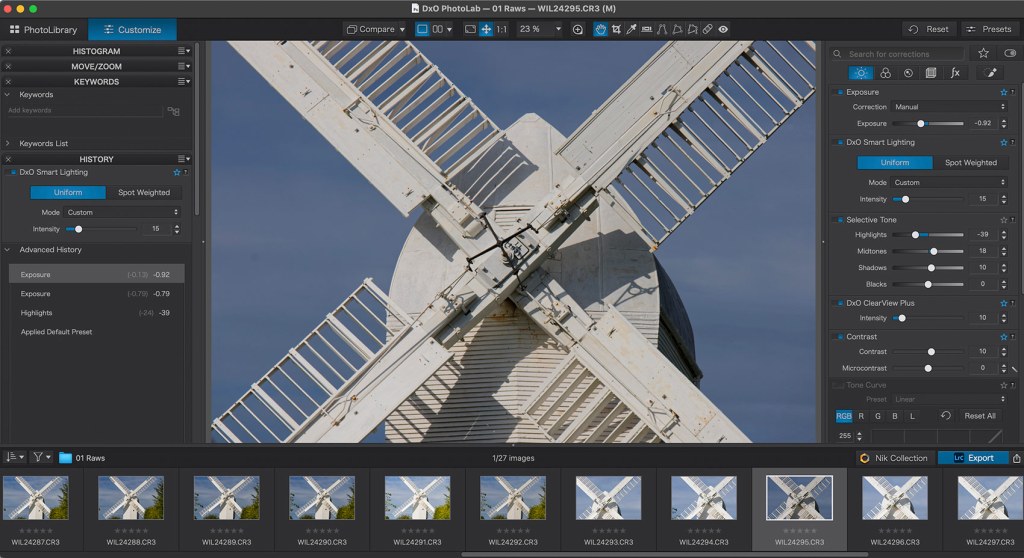
DxO is renowned for its Optics Modules that immediately improve images by correcting distortion, vignetting and fringing, and there are profiles covering thousands of camera and lens combinations. If your system is not loaded with a particular profile you will get a prompt to download the appropriate module. The performance of these profiles has been improved with new lens softness compensation for even crisper details but without the issues of artefacts and fringing.
Finally, although not a feature as such, DxO PhotoLab 8 is available for outright purchase at £209 / $229 for a lifetime license. No subscriptions here. From DXO.com – buy now.

DxO PhotoLab has long been a quality raw image editor with impressive denoising skills supported by a vast collection of camera and lens correction profiles. Usability, control and workflow have improved as upgraded versions have come along and PhotoLab 8 rates highly. It’s different from Adobe Lightroom in that PhotoLab 8 does not create a catalogue, but keywording, star and colour ratings are available.
No sub-folder support may mean a rethink on your folder structure. For example, I am a Lightroom user where there is sub-folder support so I have folders within folders. Once you click on a folder with compatible content the previews are generated quickly.
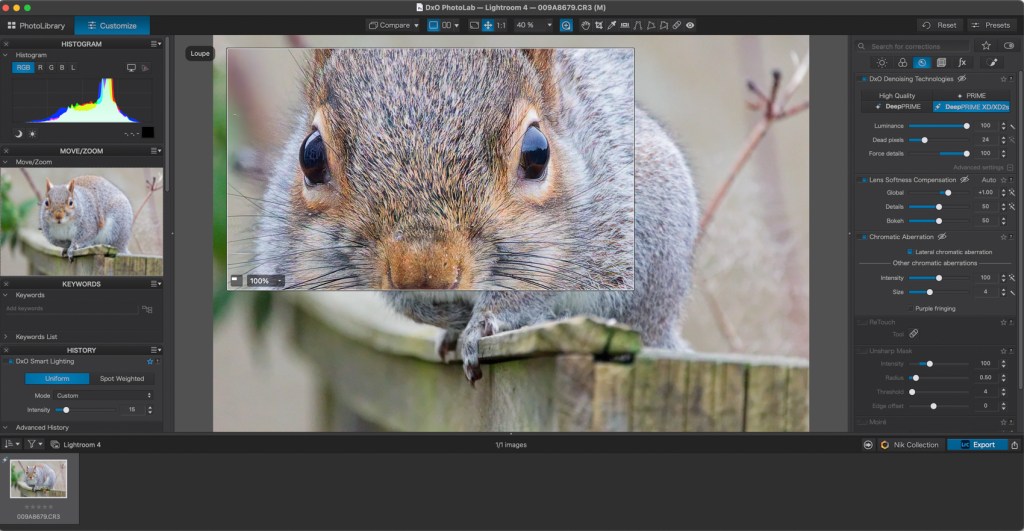
DxO PhotoLab 8: DeepPRIME XD/XD2s
Current digital cameras are so good that you can shoot at ISO 1600 and higher and not worry about digital noise. However, if you want the best results from your raws – which includes images taken at low and high ISOs and with old and new cameras – applying noise reduction is a very much a good thing.
While Adobe Lightroom/Photoshop Denoise and Topaz Denoise AI are good at their job I have found that DxO’s DeepPRIME denoising skills seen in PhotoLab and PureRAW to be consistently better. It is true, however, that sometimes DeepPRIME can be too aggressive and results can look false or exhibit strange halo effects, although DxO has added controls to combat this.
PhotoLab 8 is home to the latest DeepPRIME variant, XD2s, with fine-tuning possible with three sliders, Luminance, Dead pixels and Force details. Fujifilm X-Trans raws are not compatible at this time and are processed with DeepPRIME XD.
The big news in PhotoLab 8 is the provision of a real-time magnifier. With the choice of preview boxes of two sizes and magnifications from 100% to 1600% it is easy to check the impact of the various DxO and DeepPRIME settings before hitting the export button. The preview image is refreshed a second or so after a slider is adjusted and the magnifier can be used on any part of the image. I found this tool really useful and easy to use, so it’s a very worthwhile addition.
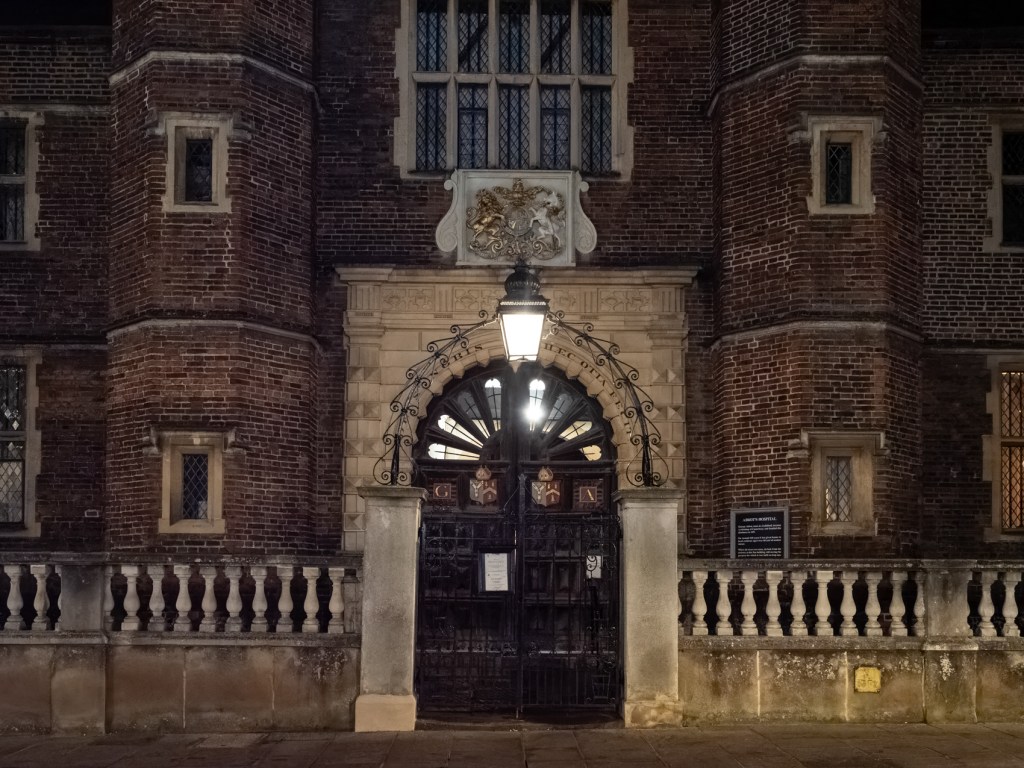
I tested PhotoLab 8 DeepPRIME XD/XD2s with raws from a range of digital cameras.
The night shots above of Guildford Abbots Hospital were taken on an OM System OM-1 at ISO 3200 and ISO 12,800. The Micro Four Thirds format is good with noise but the smaller format at high ISOs does mean noise is more obvious when enlarged. I put the two raws through PhotoLab 8’s XD2s and PureRAW 4 which has XD2 noise reduction, although it may be upgraded to the latest technology soon.
You can see that the raws put through PhotoLab 8 emerged brighter than the original and that is without making any additional brightness corrections. With most of my test raws the images were not only brightened by XD2s but a few gained a minor magenta colour cast that was easily corrected.

My shot of a grey squirrel in the garden was taken on a dull afternoon using the fixed aperture RF 800mm f/11 lens on a Canon EOS R5 set to ISO 25,600 to enable an exposure of 1/800sec at f/11.
Using PhotoLab XD2s I used the Luminance and Force detail controls set to 50 and then 100 to see how the software would work with the squirrel’s fur. To be honest, there wasn’t much – any! – benefit of using the higher setting and 50 did a fine job removing noise and giving very good fur detail. Of course, images with high frequency detail such as bird feathers might see a more evident quality uplift with higher settings.
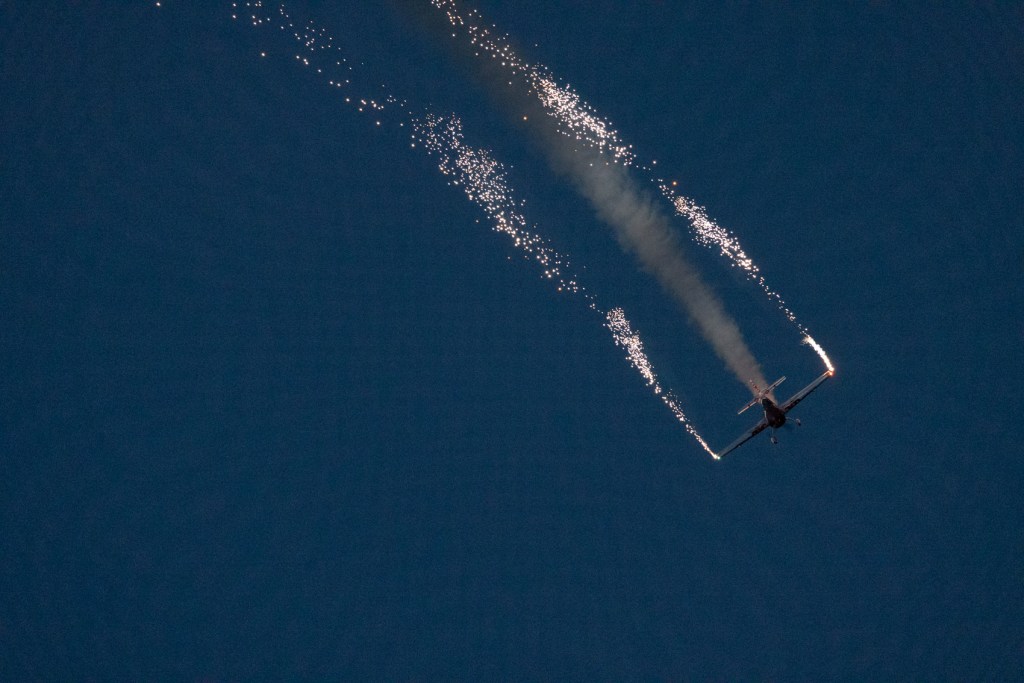
The next low light shot I used was taken at an evening air display at Shuttleworth. I just wanted a few record shots of the amazing display going on above our heads so I added the 100-500mm to my Canon EOS R5, sat back in my deck chair and took pictures. The low light meant I needed ISO 12,800 to stand a chance of getting a sharp shot and that speed allowed an exposure of 1/500sec at f/7.1. I hoped that was enough to stop any camera shake and subject movement plus I had my fingers crossed that there wasn’t too much image-debilitating haze and smoke.
Again, no problem with the results from PhotoLab 8. The image was brightened, the noise simply vanished and the plane’s detail emerged clearly from the gloom. This was an impressive result.
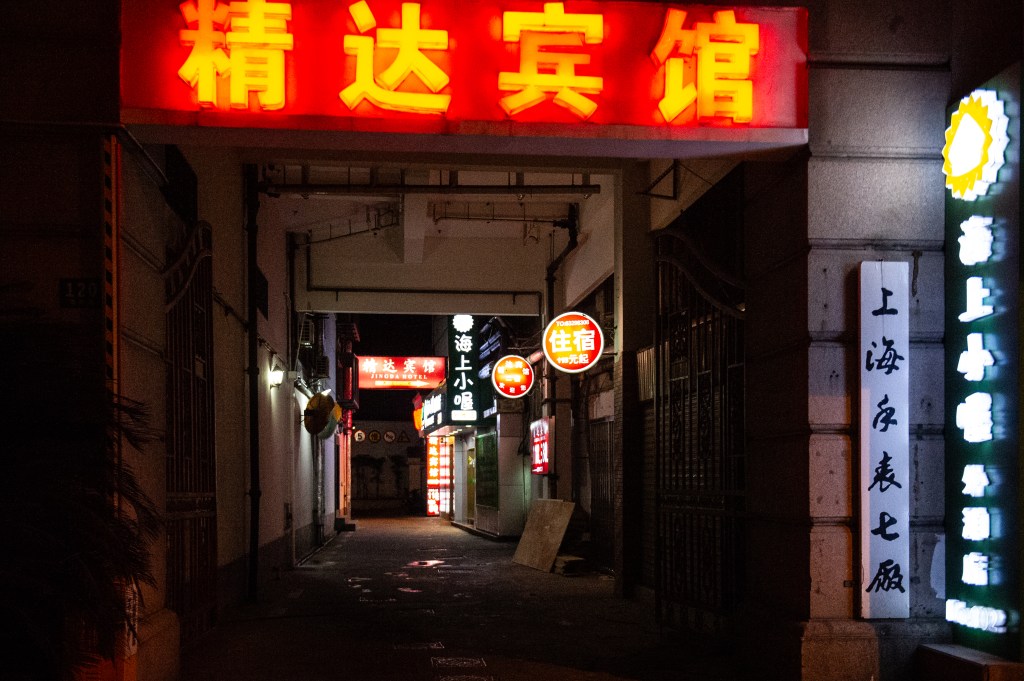
I was keen to see how PhotoLab 8 and XD2s worked with older raws, and how it would cope with an image with deep shadows that needed serious recovery. So my final high ISO test image was of a very dim alleyway in Shanghai taken 13 years ago using a Nikon D3s set to ISO 12,800.
In Adobe Lightroom I moved the shadow slider to 89 to lighten the dark areas to the desired level and, as you would expect, the grain was very obvious and there were a few dead pixels too. That image is shown above magnified to 200%.
I processed the raw through PhotoLab 8 XD2s with the Luminance and Force detail sliders at 50 and at 100 and the Dead pixels slider to 24.
After processing, I adjusted the DxO DNG files using Lightroom to lift the shadows to match the look of my original adjusted raw.
You probably won’t be surprised to learn that PhotoLab 8 did a remarkable job of producing a very clean image free of noise. What was even more impressive was how good the image appeared with the shadows lifted. The gate and grill details showed great clarity and much better than you might expect given the really low light levels in the scene and age of the sensor.
DxO PhotoLab 8: Hue masks
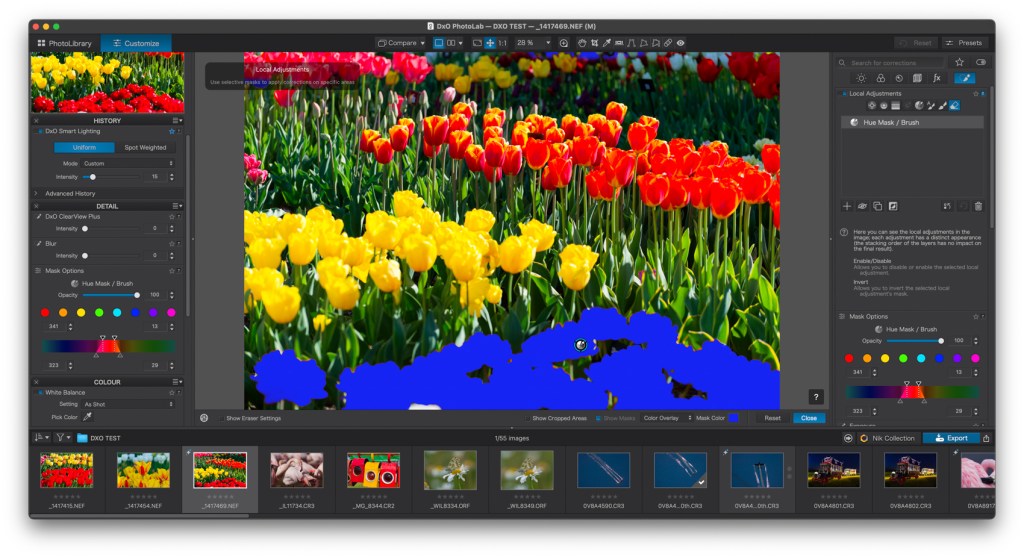
Precisely controlling tones and colour in an image is made easy in PhotoLab 8 with a selection of masking tools. You can adjust local areas with U-Point technology or use a graduate filter across larger regions such as skies, for example. The very powerful Hue Mask lets you select areas of specific hues which can then be fine-tuned further or if the mask has picked up colours you want left untouched, it can be erased or have its opacity adjusted. Changes made to masks and the image are shown in real-time and masks can be turned off, renamed or deleted.

The Hue Mask worked really well with great control. If there is anything missing it is automated options to mask the sky, subject or background with a single click. However, masking the sky in PhotoLab 8 is simple enough with the colour picker and if your photo has blue in areas other than the sky, it is easy to erase the mask where needed.


DxO PhotoLab 8: Luma Curve
Having a tone curve allows you to tweak contrast and tonality and PhotoLab 8 has RGB, separate R, G and B channels and there’s something new, the Luma channel (L). This tool lets you make tonal changes without affecting colour saturation, and it can be used in conjunction with the Tone Picker. With this active, just click on the area of the image you want to adjust and its place on the Luma curve appears. Any curves you create can be saved as a preset and there’s a drop-down menu of presets to get you in the right region and then you can fine-tune.
The Luma channel works well for delicate control and is another useful addition in PhotoLab 8.
DxO PhotoLab 8: Verdict
DxO PhotoLab 8 has an immediate appeal to everyone who prefers to buy their software outright, but it also has plenty of performance benefits and you have to say that this app is a powerful, very capable raw editor. Local adjustments, Hue Masks, LUTs and much more enable a huge amount of accurate colour and contrast control. The Hue Masks worked really well and give impressive results with minimal effort.
When you want to squeeze every gram of image quality out of a raw, PhotoLab 8’s DeepPRIME XD2s does a great job removing noise and extracting detail. I used it on raws from a variety of cameras, old and new, and on files shot at a range of ISO speeds and the benefit in all cases was obvious and it was fast doing its job too.

Related reading:
- DxO PhotoLab 7 Elite Review – worth the upgrade?
- DxO PhotoLab 6 Elite Review
- DxO PureRAW 3 review: get more from raw


